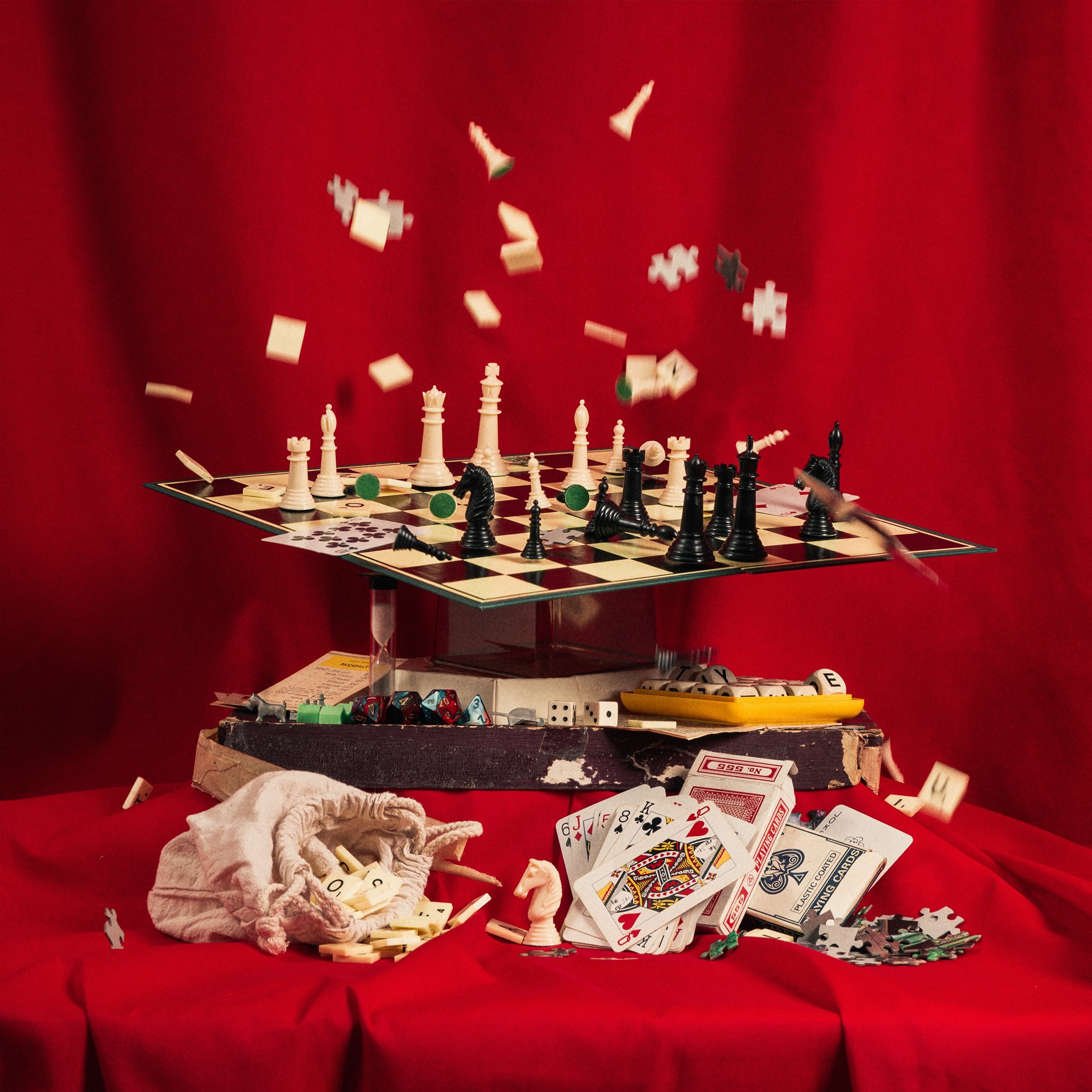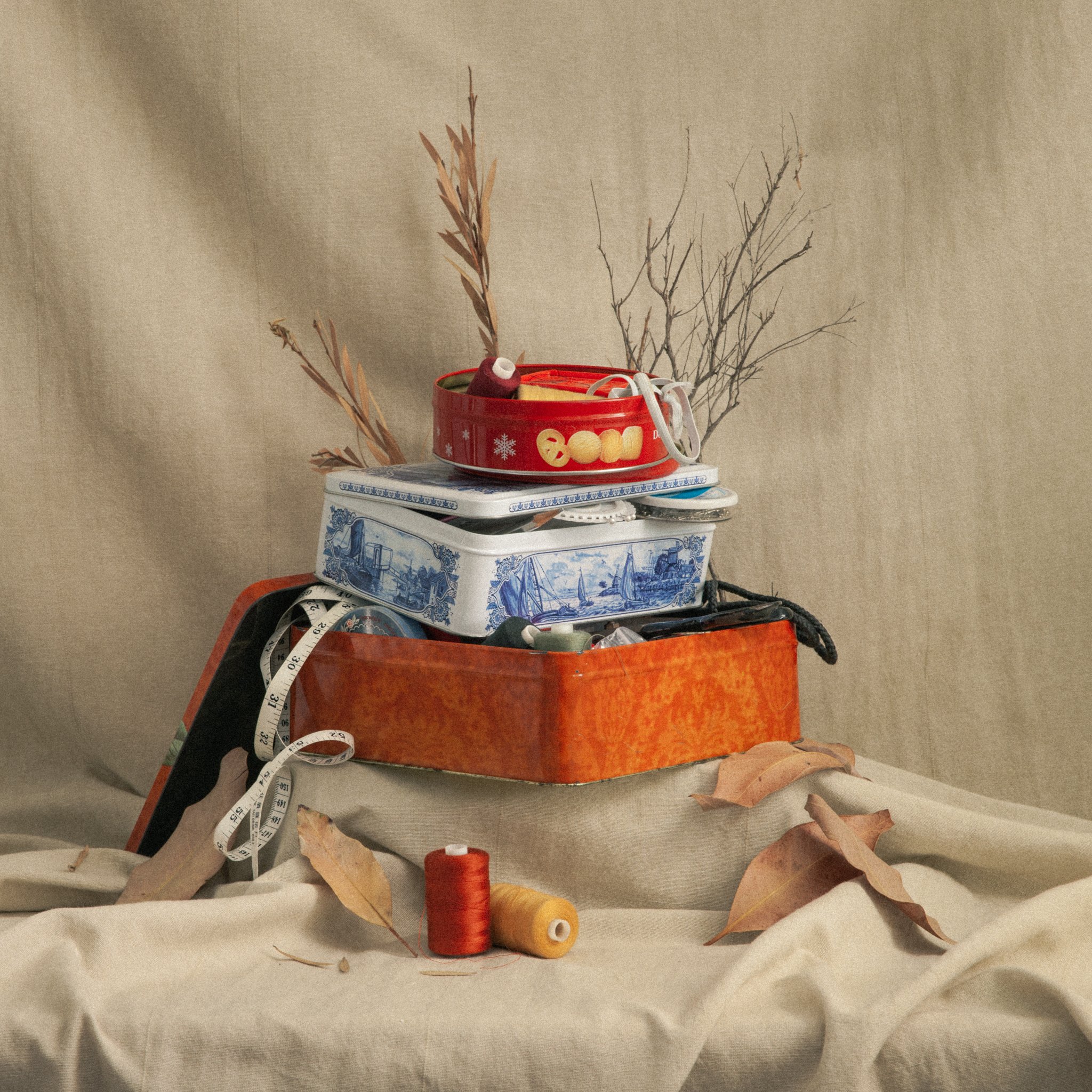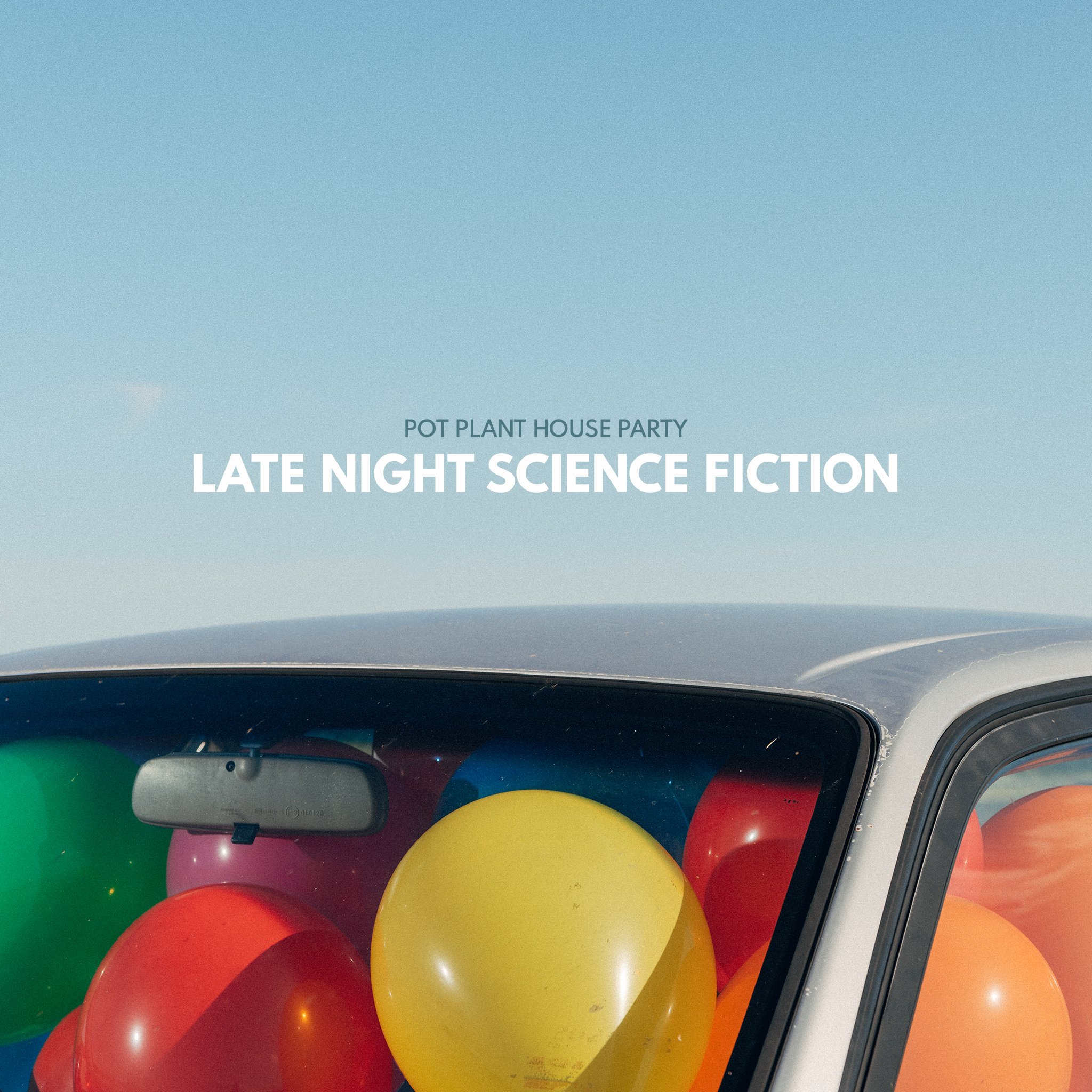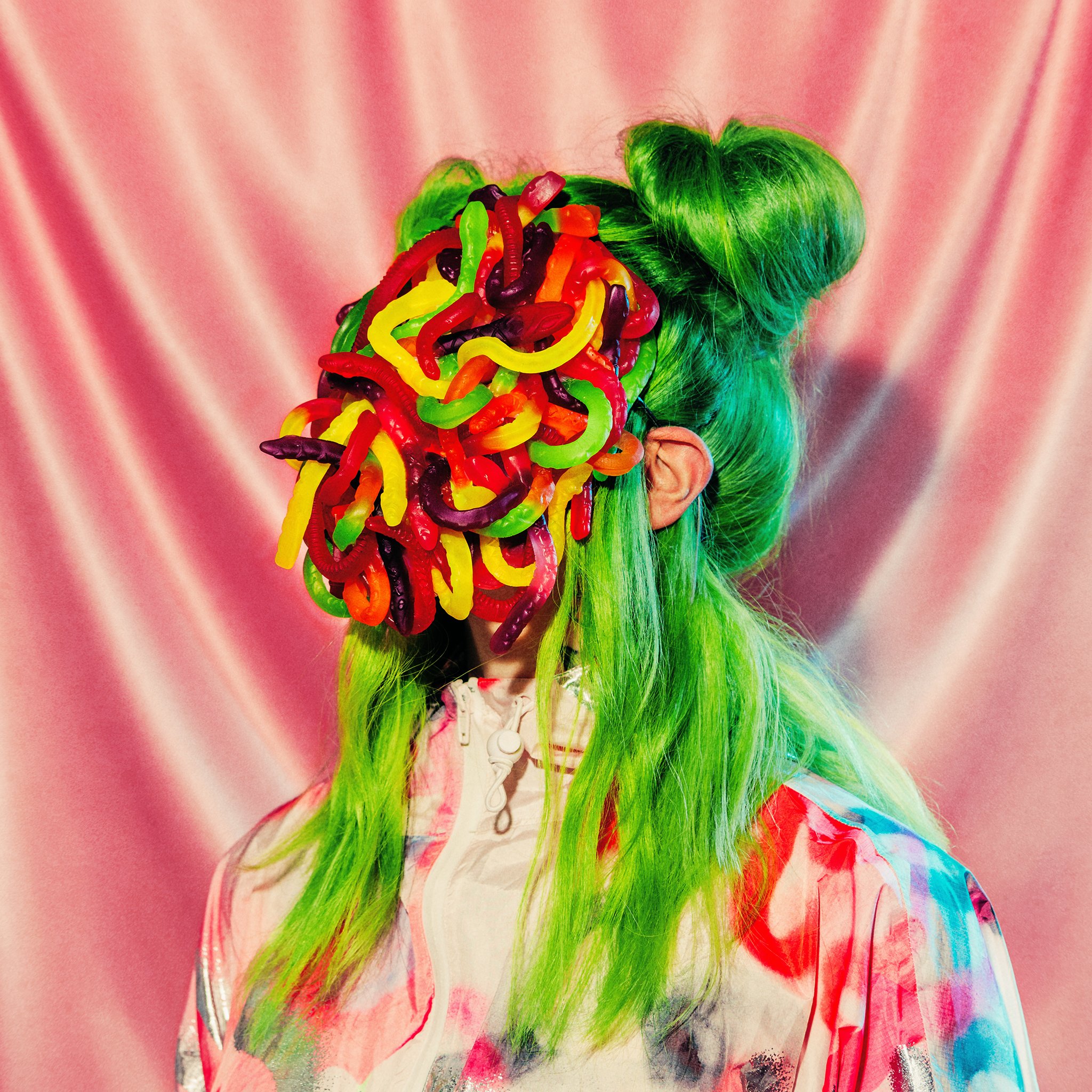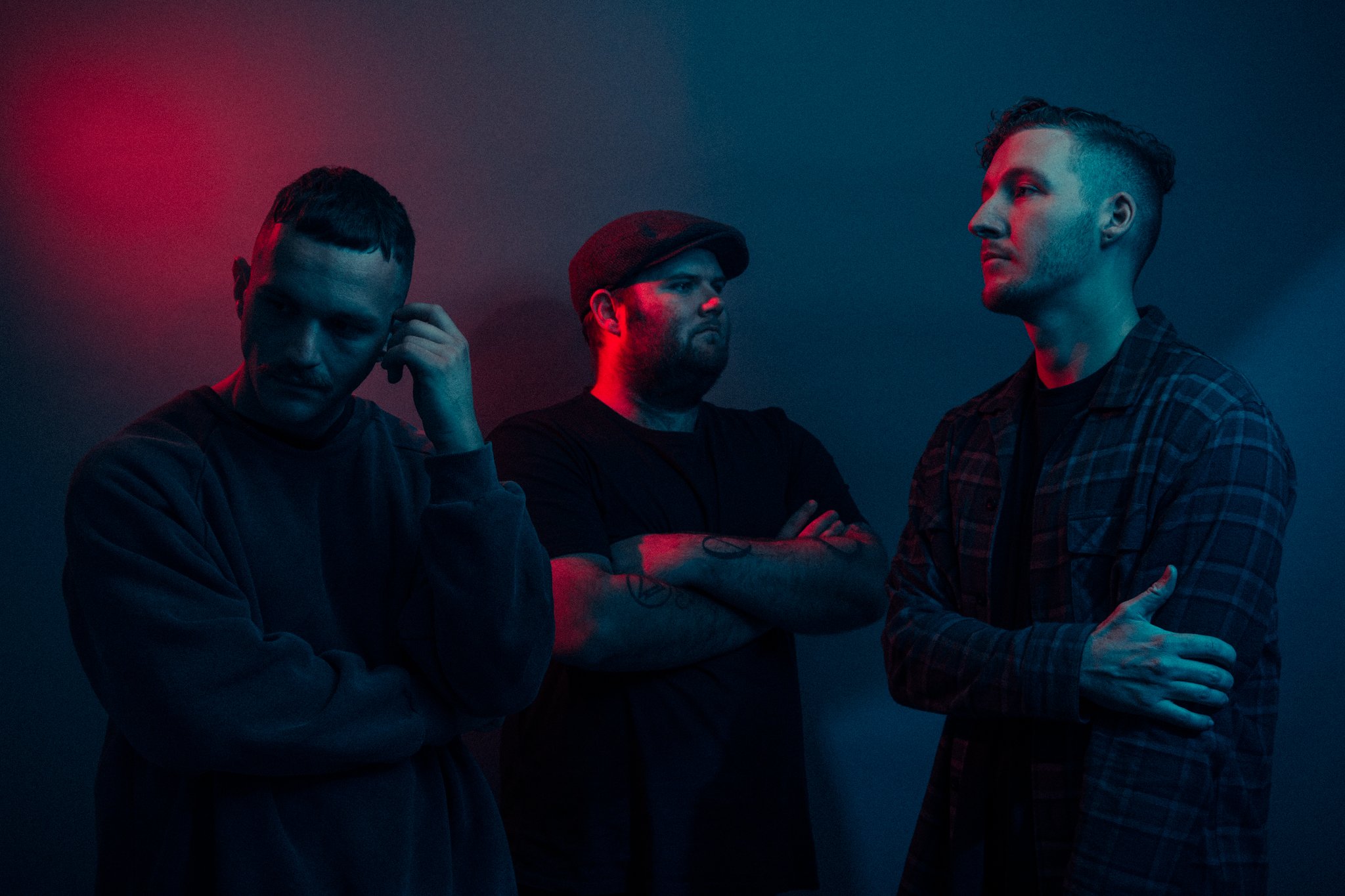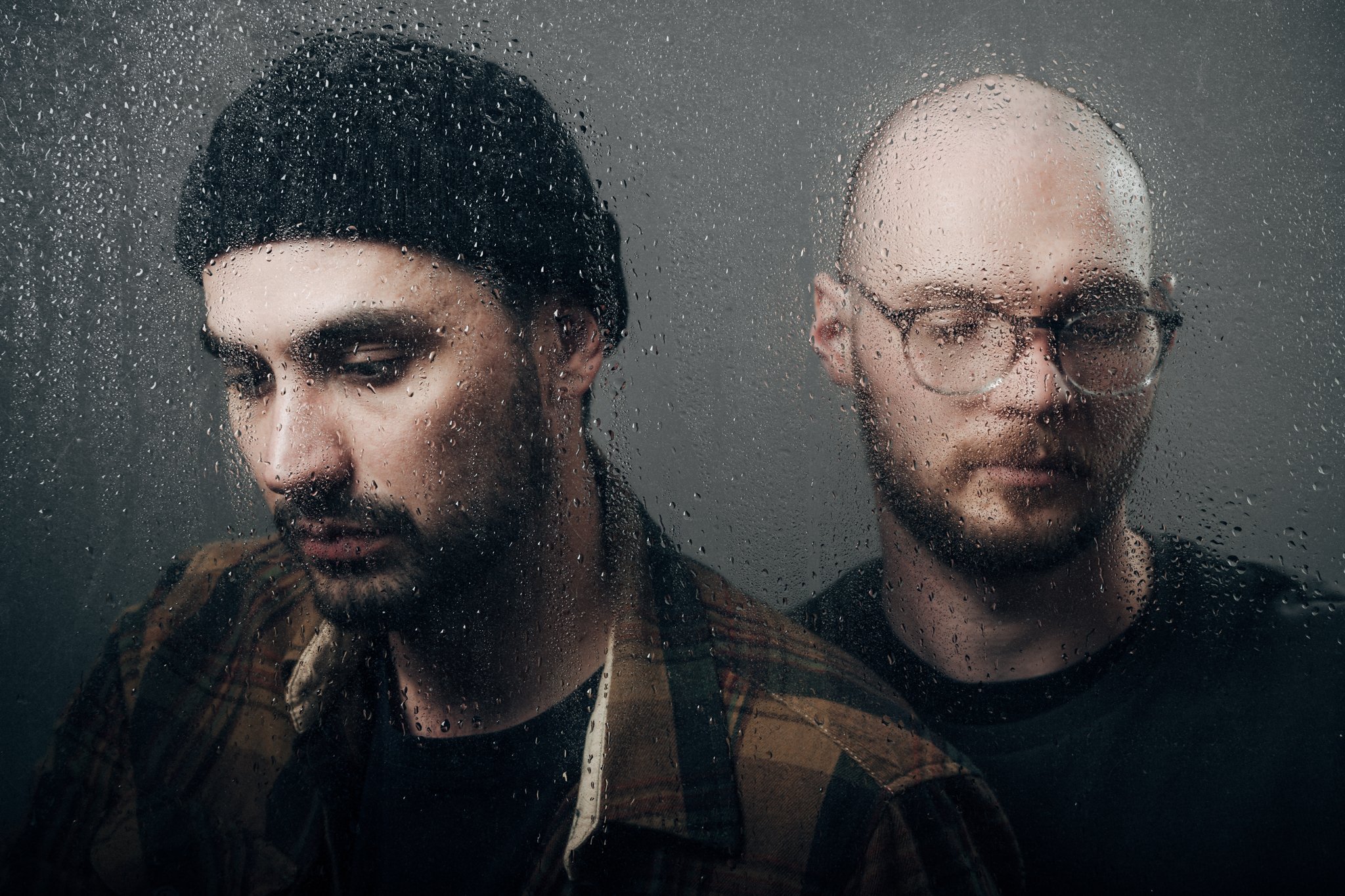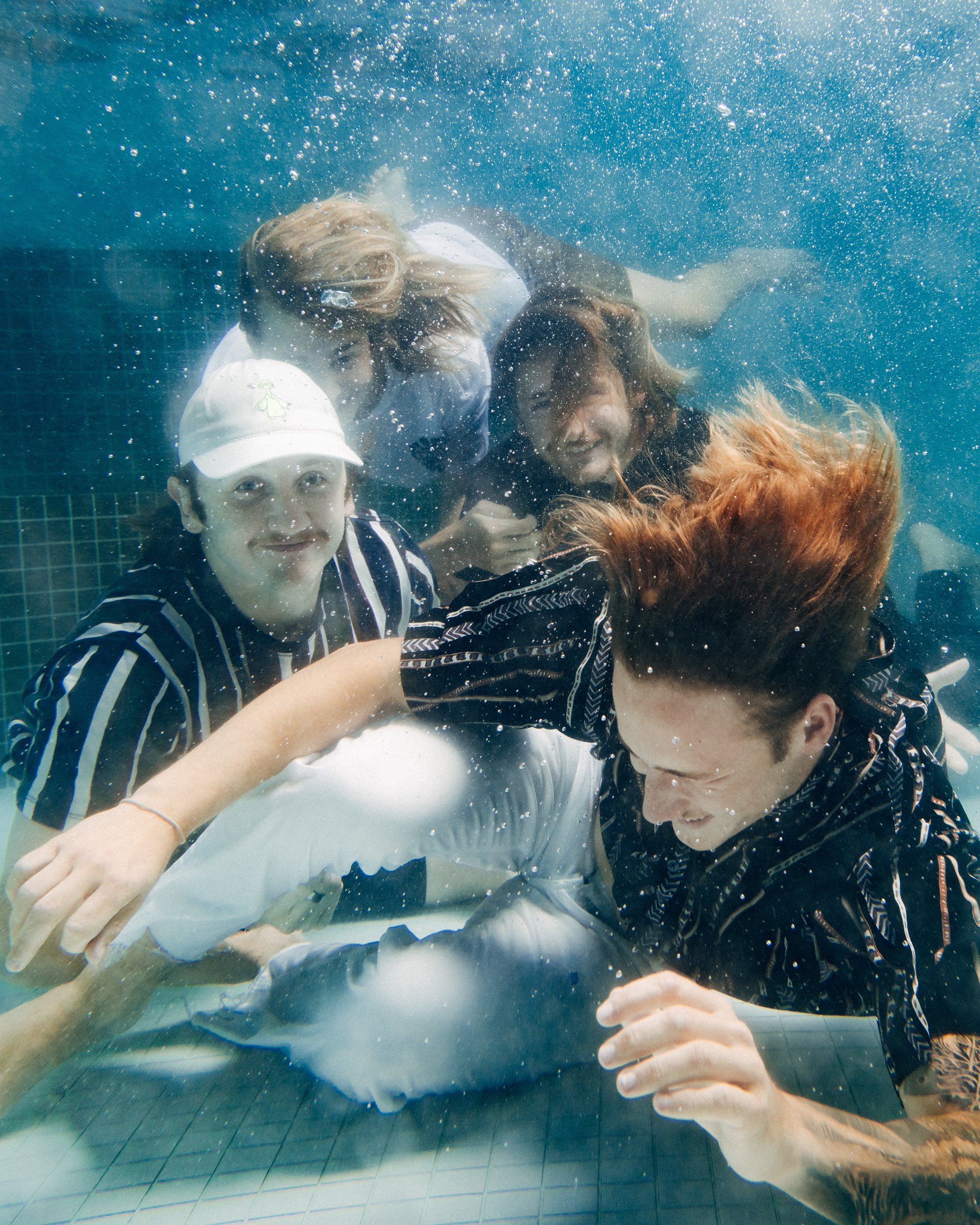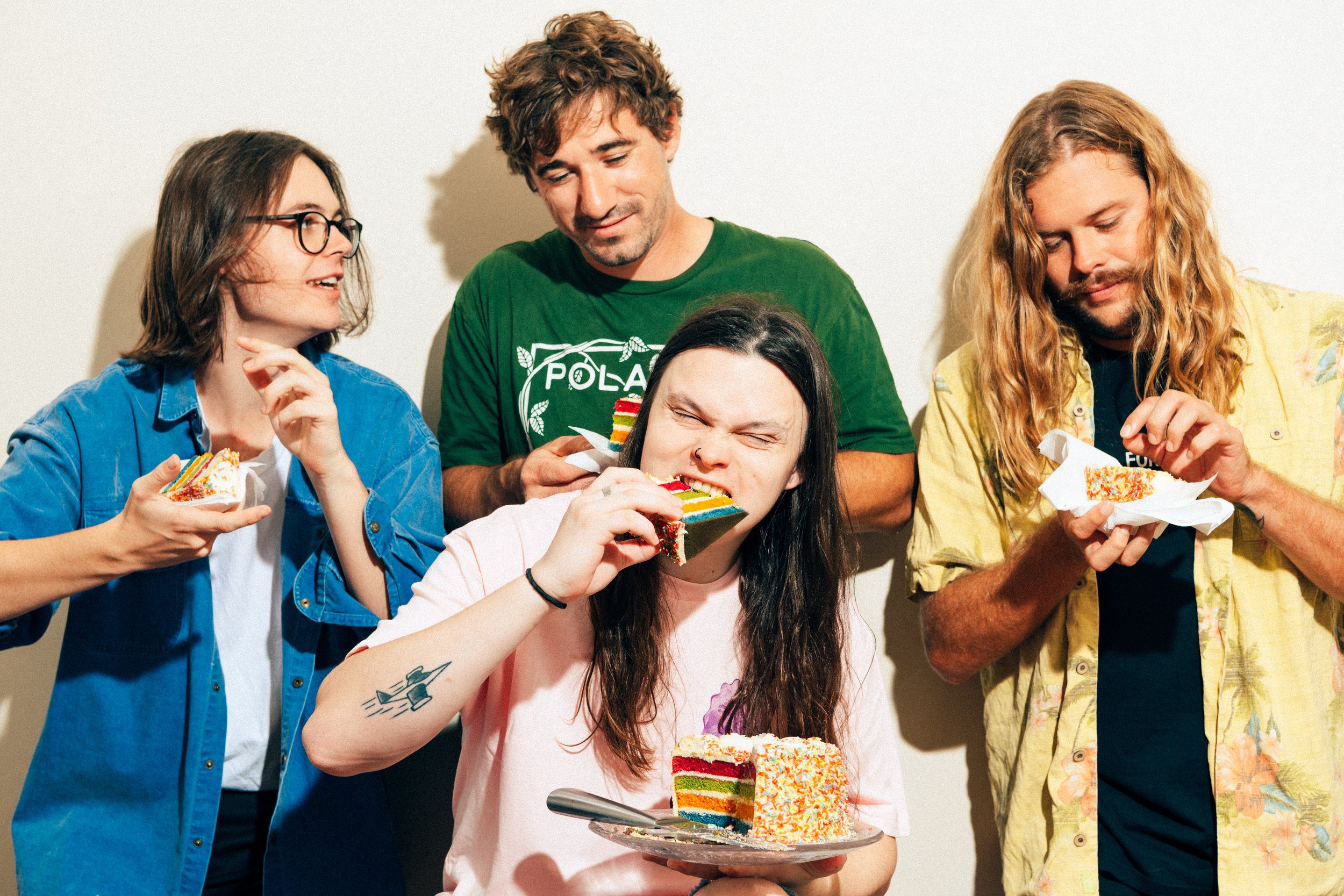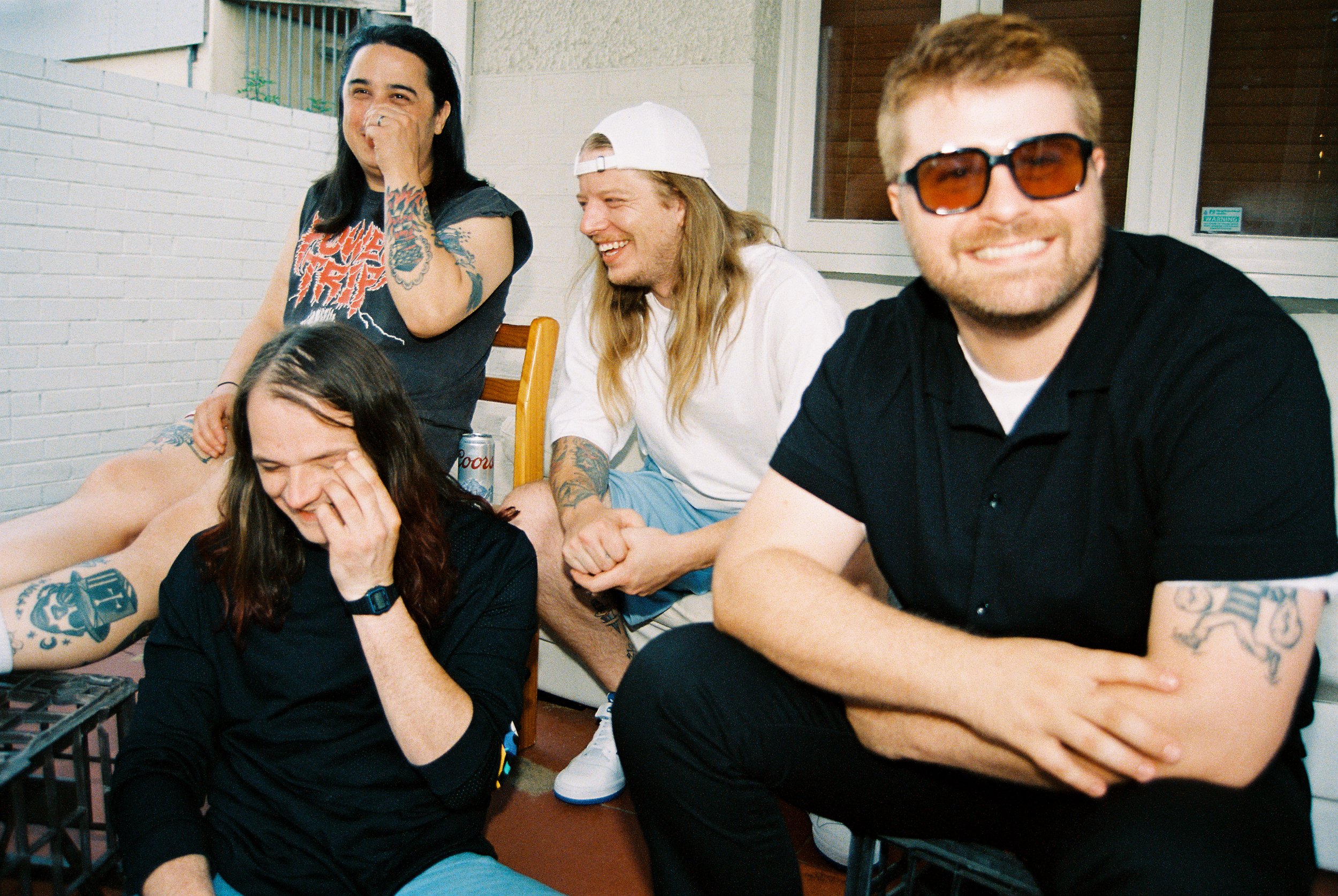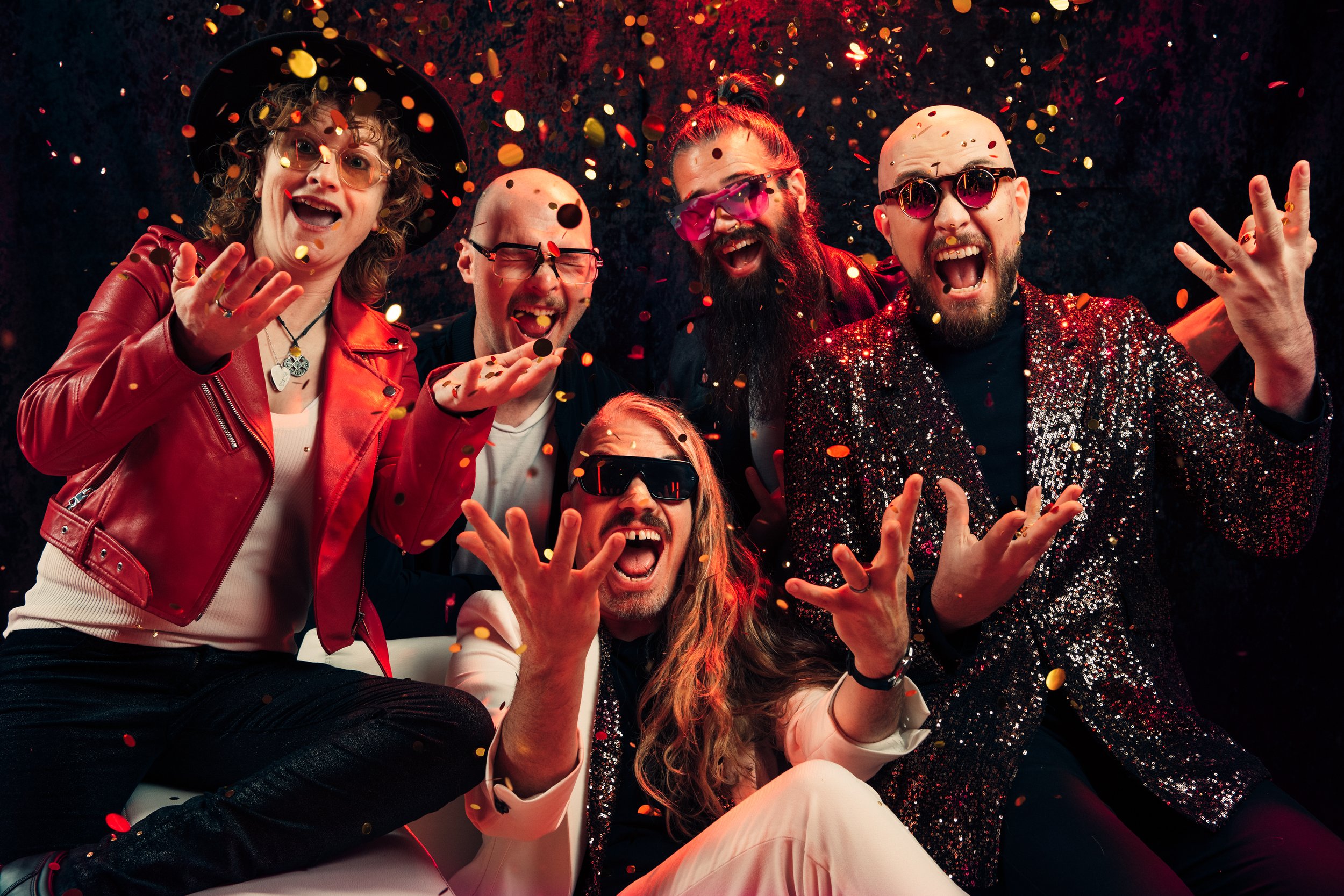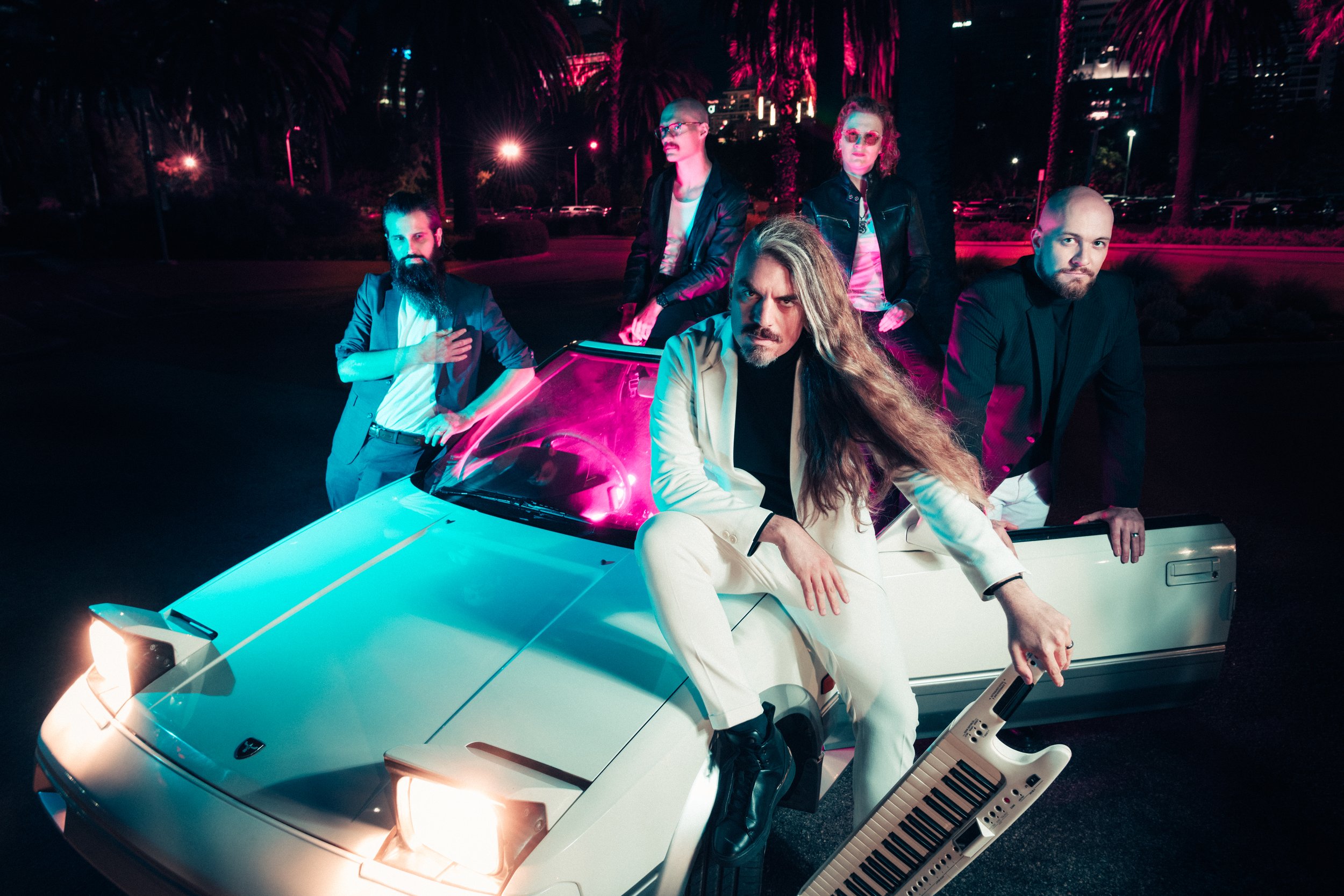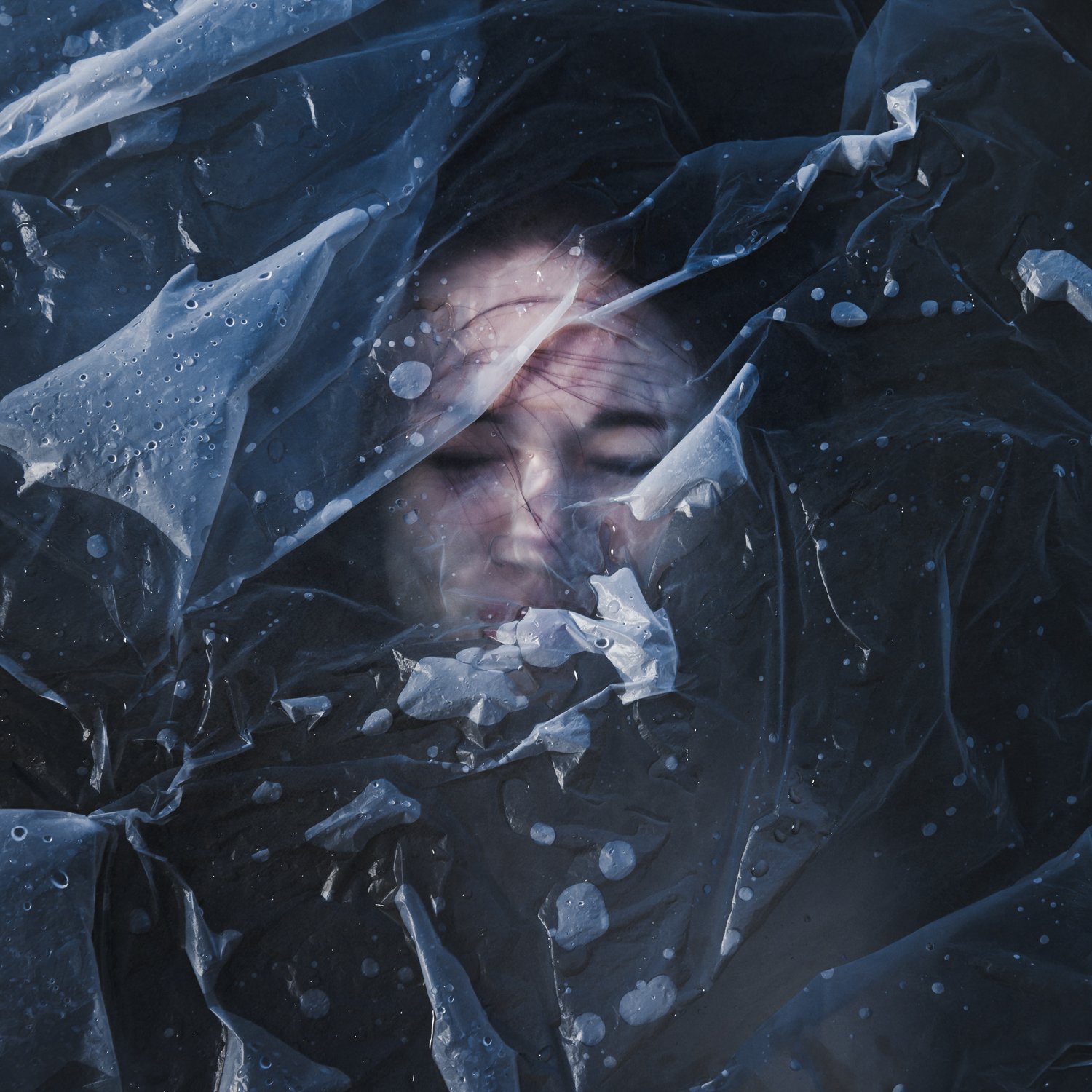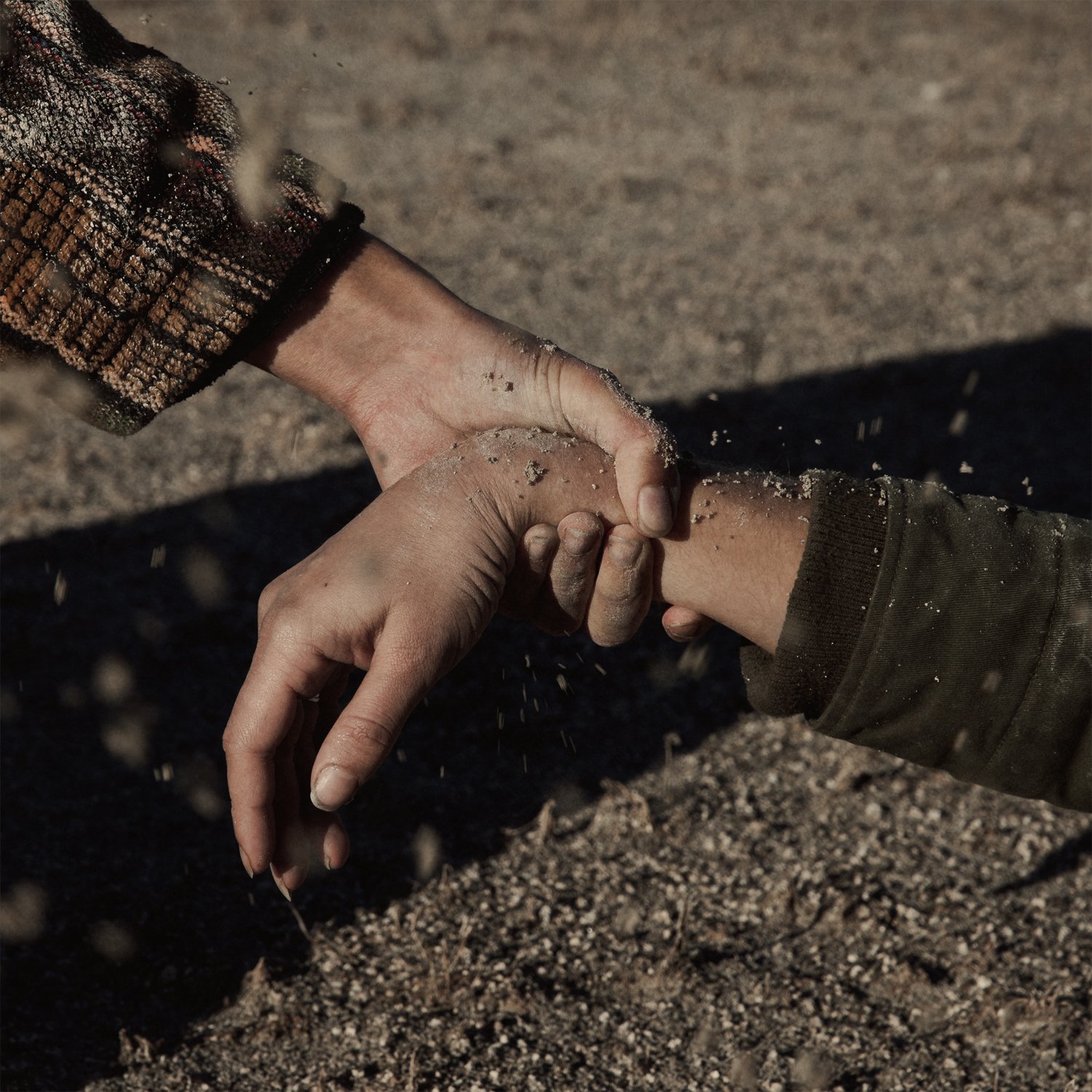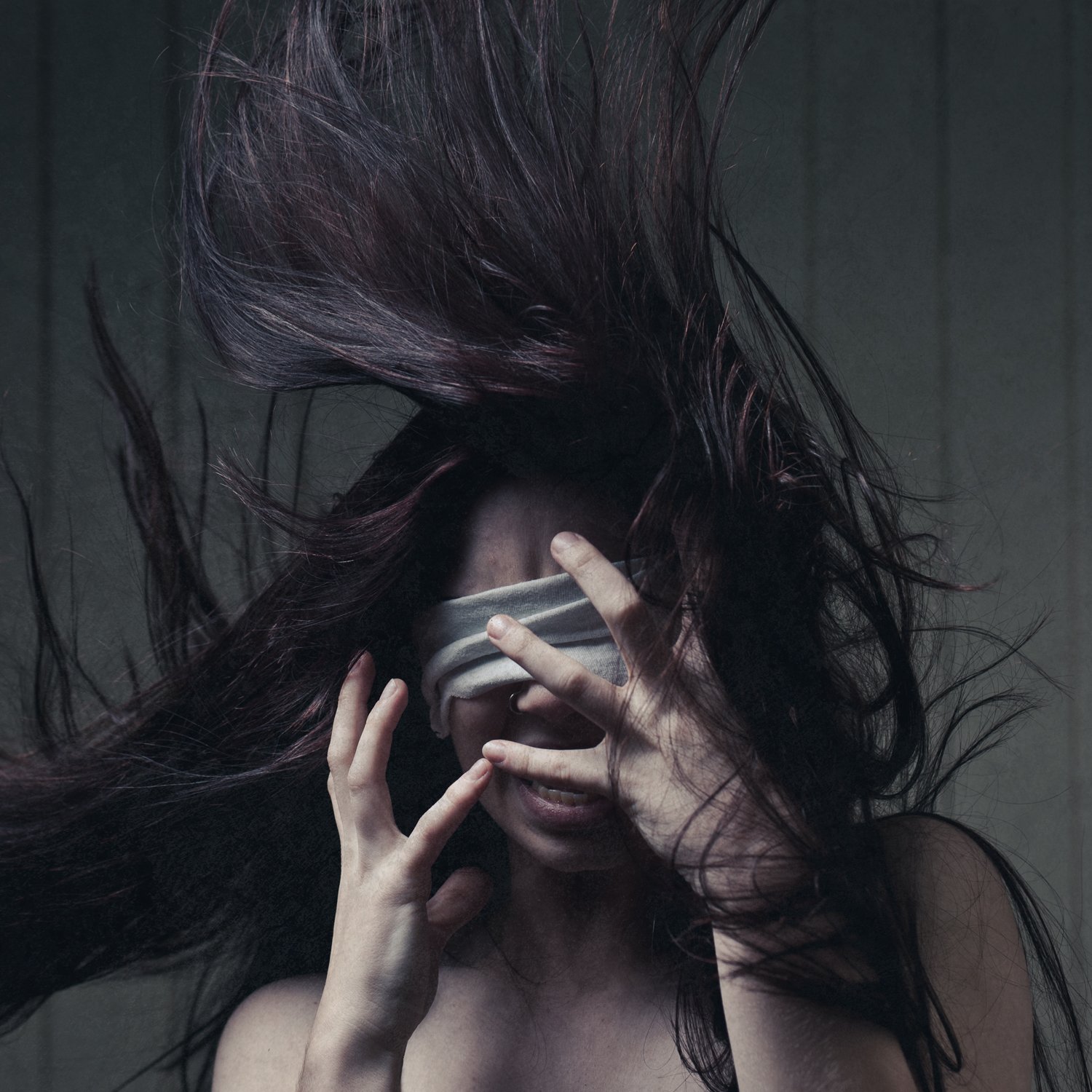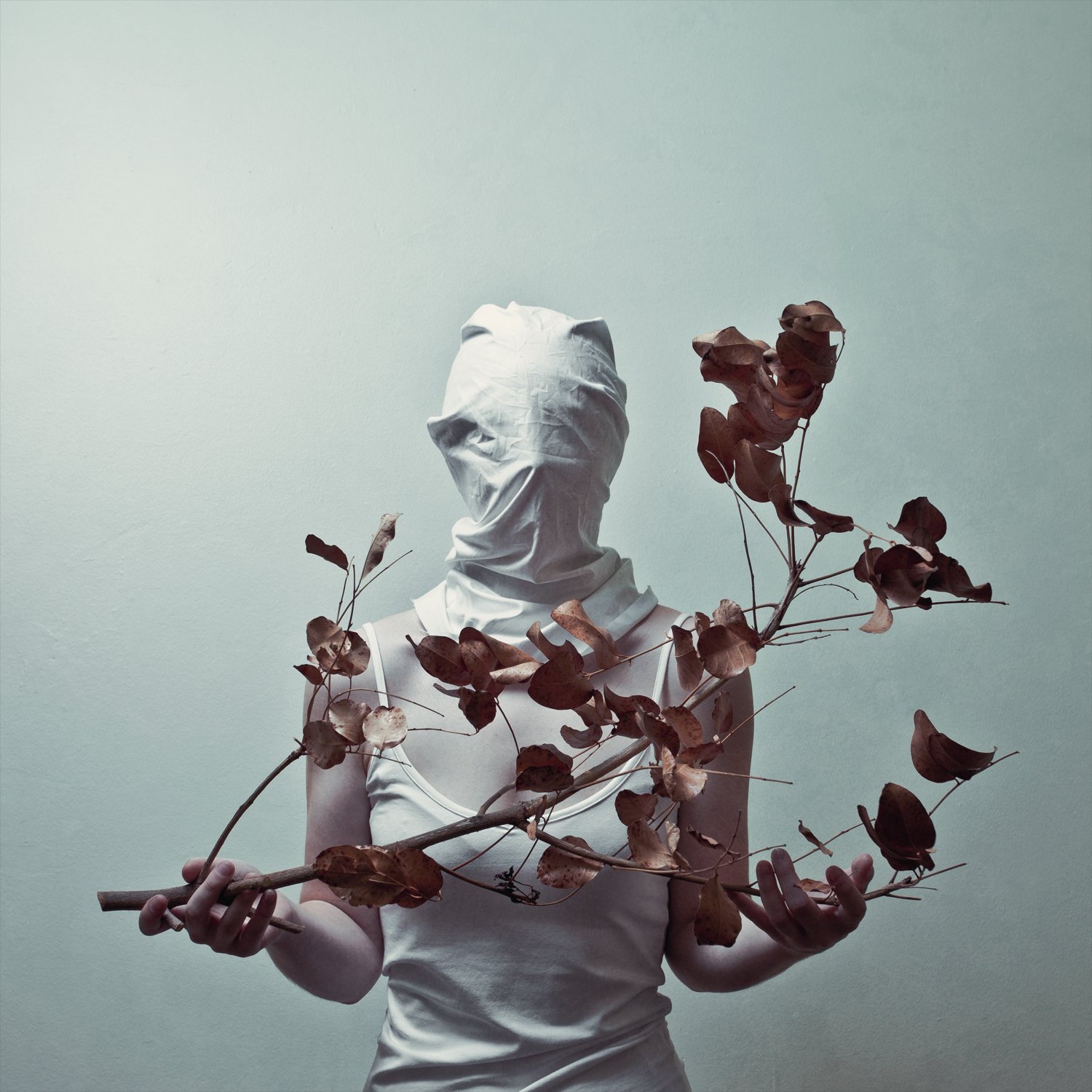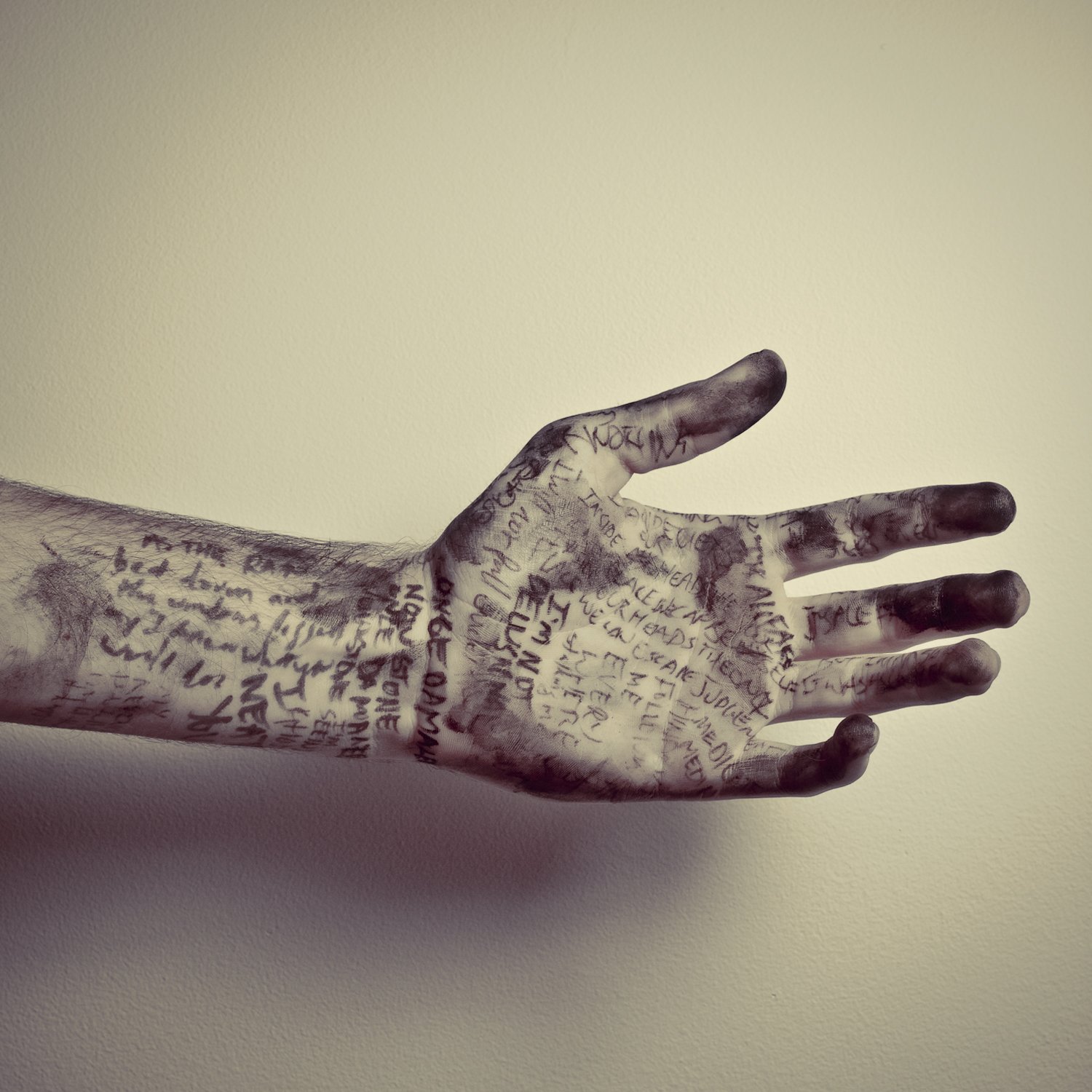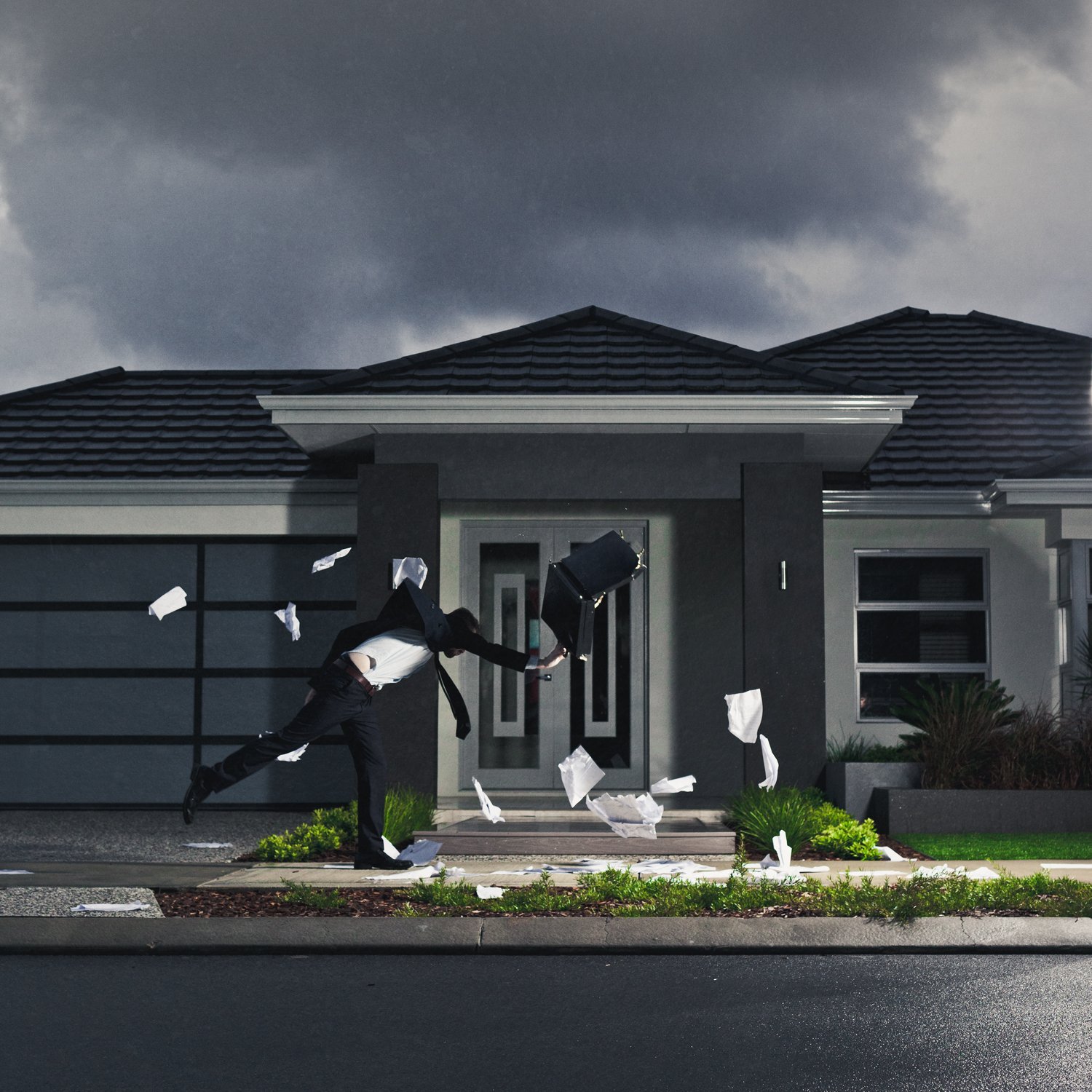Behind The Process with Mike Dann
We had a chat with Mike Dann - a Perth Art Director and avid film photographer about his method of work and execution of artwork on film with his Hasselblad 500cm.
Hey Mike, Who are you and what do you do?
Photographer, art director, dog dad, ideas guy Basically, I professionally make.. stuff.
I’ve been doing all sorts of things in music for about 15 years now. Mainly designing record artwork, along with press, live and documentary photos. I’m currently flat out as an art director making ads at Marketforce, but I do still love jumping into projects with music pals when I can!
How when why did you get into photography?
Before moving to Perth, I grew up in Sydney in the 90’s.
I was always wandering off on my own, getting into trouble and talking people’s ears off. At some point in primary school, I found the Olympus point and shoot we had in the house. Fast forward to my parents begrudgingly taking what felt like endless rolls to the 1-hour lab full of blurry, out of focus photos of model cars, GI Joe figures and my cat.
We’ve still got those 6x4s prints - they ain’t pretty but they got me started. I was always making these little scenes with toys and Lego in the back garden, or taking photos when we went on holidays.
I liked documenting things and telling stories, writing and drawing constantly. The camera was another tool in the toolbox.
When the internet rolled around in high school, I took a sidestep from photography and kept busy by designing signatures and wallpapers in Old Photoshop for web forums and went down the rabbit hole into Warhammer40k. Photography was still there, just in parallel with design and tactile making-stuff. In 2006, I went to Curtin Uni to study Design, with a major in photography.
How and why did you get into film?
I learned a lot about photography with negatives and enlargers at uni. Dealing with cheap DSLR bodies at the time and editing JPG files was frustrating compared to the quality of prints from negatives. I think that’s why I always prefer film when it comes to finished art. It has its own quality, look and feel that was impossible to recreate digitally for a long time.
Editing software got better, but there were definitely the Dark Ages of Editing when Lightroom came onto the scene and it was fun to push every slider to 100 for a while. Ultimately I kinda came back to where I started and still prefer the look and feel of film.
In 2019, I decided to spend the entire year shooting on film after taking a break from freelancing. I tried a bunch of different camera systems, films and labs and it was a total mess for a while. The inconsistency was a real flat tyre. It wasn’t until I started working with Aimee and Alex that I felt like I could depend on film properly. I probably would have given up on it again without the consistency.
“I think that’s why I always prefer film when it comes to finished art. It has its own quality, look and feel that was impossible to recreate.”

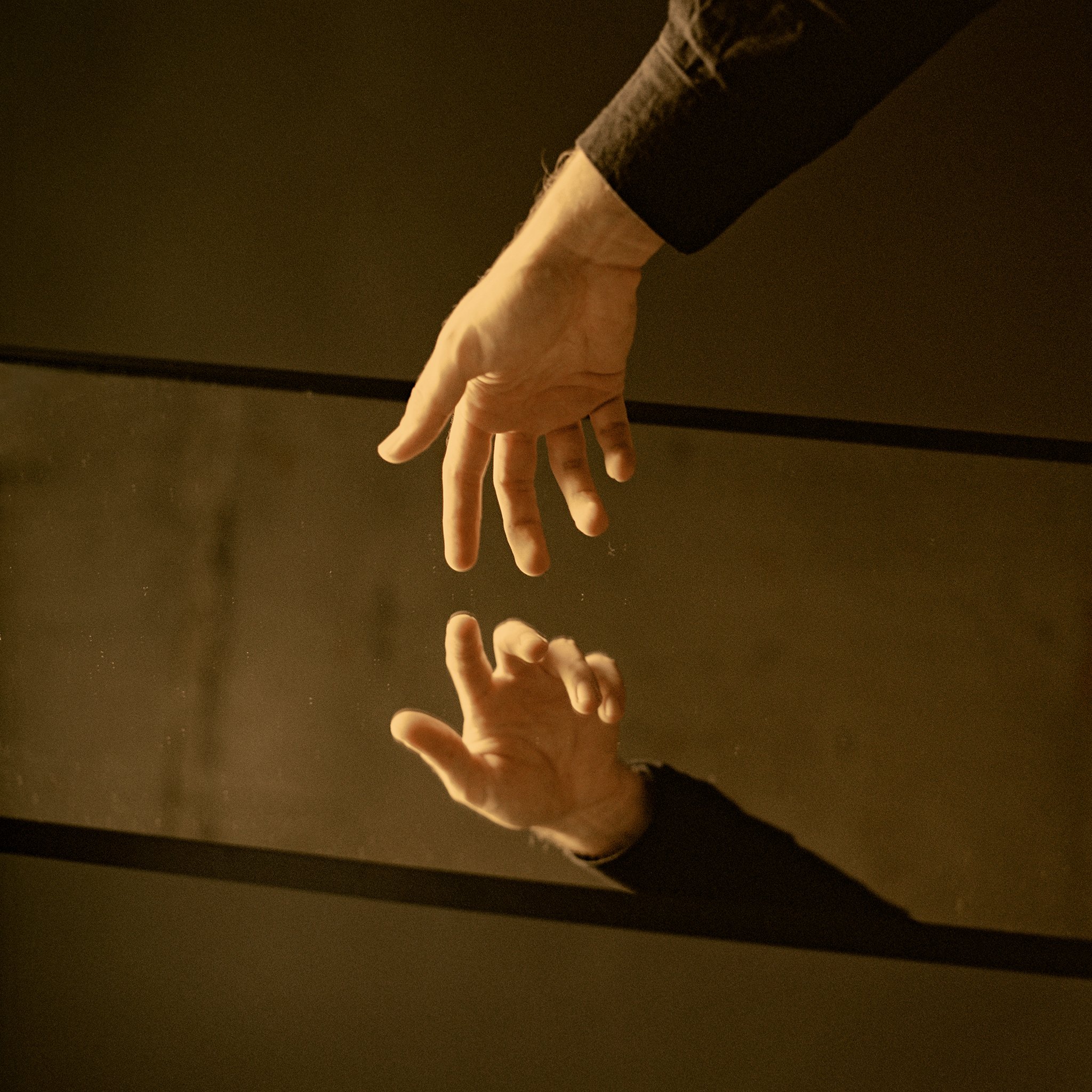

Single artwork for Shangrila, shot on a Hasselblad using Portra 400.
What sort of work do you do and what’s your method when designing, shooting for it?
One of my main gigs is record artwork, which also usually involves designing the packaging for a release, single covers and accompanying press photos. It’s nice to be able to direct the creative across a whole release cycle from end to end and keep it really visually consistent.
A total brand refresh for a band. The process starts with getting a really solid understanding of the work that’s gone into the release. Bands poura lot of time, energy, love and tears into their music and the visual work needs to do that justice.
The visuals are also the tip of the marketing spear as people will often see something before they hear it. Sometimes that understanding comes directly through pulling the lyrics apart, sometimes it’ll come from a story that underpins the songwriting, or it might be something the band is inspired by that fed into it all.
There’s always a starting point embedded in the record. The fun part is figuring out how that comes to life in a visual way rather than a musical way. If it’s possible to sum a release up on the cover, at a glance, that’s the goal
There’s typically a pretty long pre-production process before anything gets made.
For a long time, it was really just pencil sketches and conversations to feel it out. There was also a lot of ground to cover with 12 page CD booklets. Everything is planned out well ahead of time because regardless of shooting on film or digital, I stillwant the shot to be possible in one image, in camera, without compositing or editing. I always want the conceptto be something that could be shot on the Hasselblad or on 35mm.When it comes to actually shooting the work, I’ve MacGyver’d things a lot and I still do.
The only thing that matters is what’s in the frame, so often it will be a riot of DIY solutions to get things to where they need to be. It’sfunny, a lot of the work has been made at home in living rooms: sometimes out of necessity (I’m looking at you,Covid) and sometimes because it didn’t need to be any more elaborate than that.You can do anything inphotoshop, but where’s the fun in that? Bodyboards, bits of styrofoam and cut up cardboard actually make goodlight modifiers.
And I learned that staff at Spotlight can’t answer the question “How many balloons do you think I’ll need to fill a car? ”Once the cover and supporting images are in the can, the rest of the process moves into graphic design land, creating logos and lockups where needed, typesetting the lyrics into booklets or onto inserts, and making up the display collateral for socials.
The process for press photos can be similar, it’s often dependant on time and scope. I’ll usually shoot filmalongside digital for press and supply both options. Often the film is more candid and works well for content onsocials, and the digital can live in the more professional spaces.
What inspires your work?
When I’m not working, I’m probably watching movies or music videos. I get a lot of inspiration from films because it really brings visual art, sound and writing together into one place.
Music videos are the same, but have to do it way more efficiently. While I’m a sucker for sci-fi and psychological thrillers, no matter what the record is, there’s usually something cinematic you can draw a line to.
I definitely love ‘every frame’s a painting’ kinda films.
When it comes to record artwork specifically, Storm Thorgerson has always been a big influence, and if you aren’t familiar with his work from the name, you’ll definitely know most of the covers he’s had a hand in.
A lot of that work was shot in single frames on medium format and I always figured that if someone can get that many beds onto a beach in England for the Momentary Lapse of Reason cover, anything is possible.
Does you work have a style?
I think if I zoom out really far and put it all in a pile, I would probably describe it collectively as “punchy.”
Richshadows and deep, strong colours. Simple colour palettes, lots of detail. Quiet, clean and balanced.This was a hard question to answer but I think really what connects anyone’s work together is that it fell out oftheir brain, not someone else’s. Whatever you make, it comes from you and I think that will always come throughone way or another
How have you found the process of working with a lab for all your work?
When working commercially with film, a reliable lab is essential. If you don’t have consistency at a development and scanning level, you can’t plan your work. You can’t make creative choices around gear and film stock and you can’t troubleshoot any issues that crop up. A really solid professional lab will take the guess work out because Portra will always look like Portra, unless something happens on your end.
I’ve had some pretty wild experiences with different labs doing bonkers things, and I’m grateful to the gang at Silver Halide for looking after me so well for the last handful of years.
I honestly wouldn’t have gone back to shooting film if I didn’t have a really great local lab to support that work flow and understand the silly nonsense I’m trying to make!


